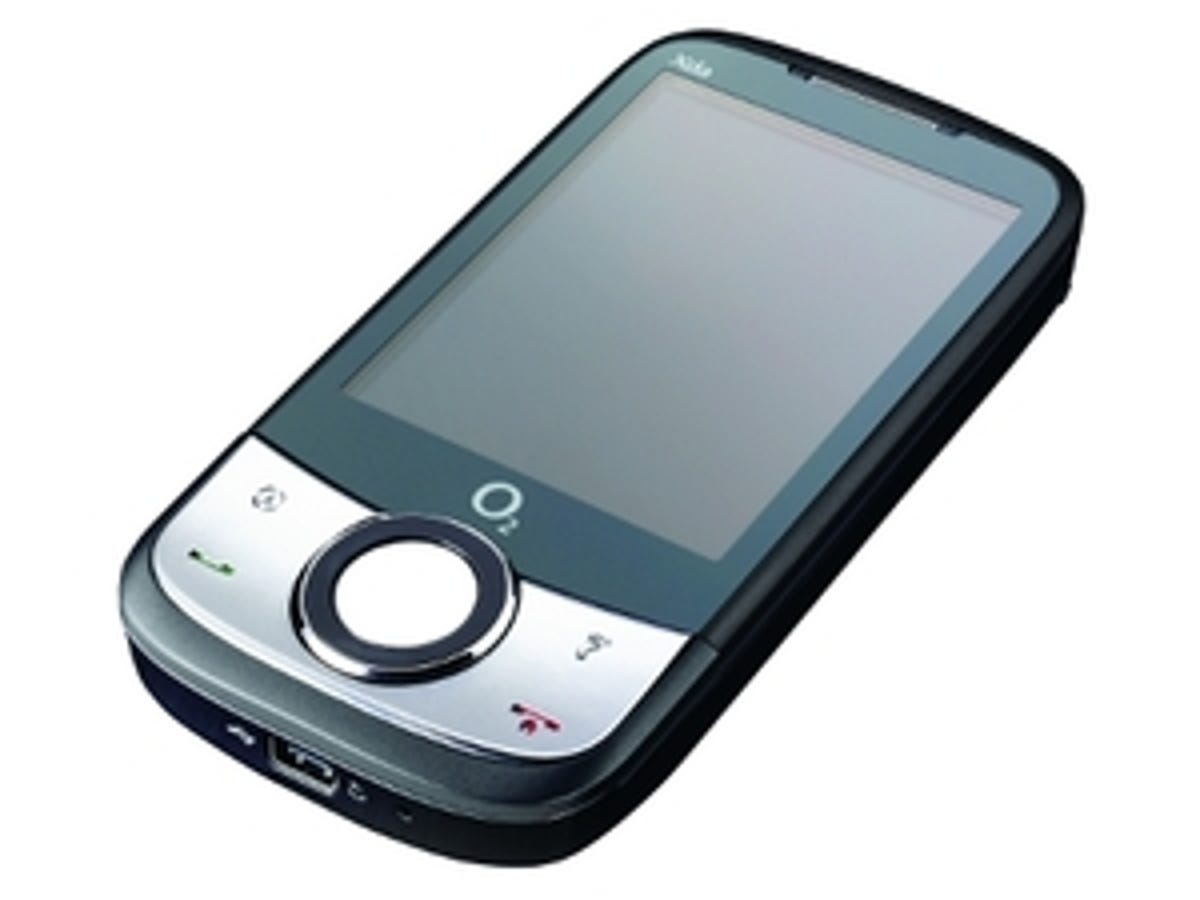 Why You Can Trust CNET
Why You Can Trust CNET O2 Xda Guide review: O2 Xda Guide
The Xda Guide is an attractive and feature-rich Windows Mobile smart phone that also doubles as a sat-nav, thanks to its excellent CoPilot Live 7 software. Despite a small screen and weak speakers, it could be just the ticket for road warriors looking to consolidate their kit
A very slightly tweaked, rebadged version of HTC's second-generation Touch Cruise, the O2 Xda Guide is a Windows Mobile smart phone that's supplied with the CoPilot Live 7 navigation software and all the accessories and cables needed to use it in your car. But, priced at about £145 on a £25-per-month contract, is it the ideal handset for road warriors who don't want the hassle of using two separate devices for phone calls and navigation?
The Good
The Bad
The Bottom Line
Slick appearance
As a phone, the Guide is surprisingly attractive. It's smaller than many other Windows Mobile handsets on the market, and the chrome and dark-grey finish looks slick and professional. One of the handset's key features is its directional pad, which, as well as offering the usual four-way control, also spins around like the scroll wheel on old iPods. This can be used to move quickly up and down through long lists, but also doubles as a zooming control in applications like the Web browser and photo viewer.
Unfortunately, the handset runs Microsoft's clunky Windows Mobile 6.1 operating system. Thankfully, O2 has retained HTC's TouchFlo software. This provides a far more user-friendly interface that can easily be navigated by finger, so you don't have to rely on the stylus as much.

With its 528MHz Qualcomm processor and 256MB of RAM, the handset feels relatively quick in use. It also has good connectivity, with HSDPA, as well as Wi-Fi and Bluetooth. In terms of storage, the phone has 512MB of built-in ROM, but O2 also includes a 1GB microSD card. That's handy, as the maps for the navigation software take up a fair amount of storage space.
Route master
CoPilot Live 7 is one of the better navigation packages around. Its user interface presents you with large buttons that are easy to prod with your fingers. As a result, route planning is a fairly quick and straightforward process. The voice prompts in CoPilot Live 7 are pre-recorded, rather than synthesised, so, although it calls out turn-by-turn instructions, it doesn't announce street names. The prompts are clear and easy to follow. Because the software also highlights the route with a vibrant green line in both the 2D and 3D map modes, routes are pretty easy to follow.
Disappointingly, the Guide's 71mm (2.8-inch) screen is very small, especially compared to dedicated sat-navs currently on the market. It's also annoying that the software only works in portrait orientation. Another problem is that the handset's speaker isn't exceptionally loud, so sometimes it struggles to make itself heard over engine noise. That's something to bear in mind if you drive a noisy vehicle.
Conclusion
The O2 XDA Guide is a brave attempt to bridge the gap between smart phones and dedicated sat-navs. The problem is that it's a much better smart phone than navigation device. On the sat-nav front, the Guide's small screen and weedy speaker do it no favours. But, if you can put up with these deficiencies, it'll certainly get the job done.
Edited by Charles Kloet
